Starting testing at the end of 2020, to date, Vietnam's major mobile network operators have tested 5G technology in 55/63 provinces and cities and have reported good results. However, the commercialization of 5G is lagging behind.
Infrastructure is ready
The first 5G smartphones were available in the Vietnamese market right from when Vietnam started testing the 5G network (in 2020). In July 2020, the VinSmart brand launched the Vsmart Aris 5G, the first "Made in Vietnam" 5G smartphone.
In May 2021, under the witness of the Department of Telecommunications (Ministry of Information and Communications), the three largest mobile network operators in the country, Viettel, VinaPhone and MobiFone, signed an agreement to test the sharing of 5G networks to soon deploy commercial 5G services nationwide; at the same time, ensuring urban and social aesthetics and increasing the efficiency of infrastructure investment by businesses. By mid-2023, more than 30% of smartphones in Vietnam support 5G. And in the third quarter of 2023, Vietnam was among the Top 10 countries with the most 5G smartphones in the world. In 2023, Viettel Group completed the research, production and large-scale testing of the 5G product ecosystem including hardware and software. Vietnam was in the Top 5 first countries to master 5G technology. By March 2024, Viettel and VNPT - VinaPhone became the first two mobile network operators in Vietnam to successfully bid for the right to use 5G frequency band for 15 years; were granted a license by the Ministry of Information and Communications to establish a 5G mobile network and provide terrestrial mobile information services using 5G technology.
According to Global Data, telecommunications companies around the world have realized the benefits of reducing ownership of passive telecommunications infrastructure such as mobile antenna towers or fiber optic internet lines. Instead, a group of carriers can share infrastructure with each other, avoiding the need for each carrier to build its own BTS, especially in low-traffic areas. 5G network technology has the advantage of being able to share BTS infrastructure.
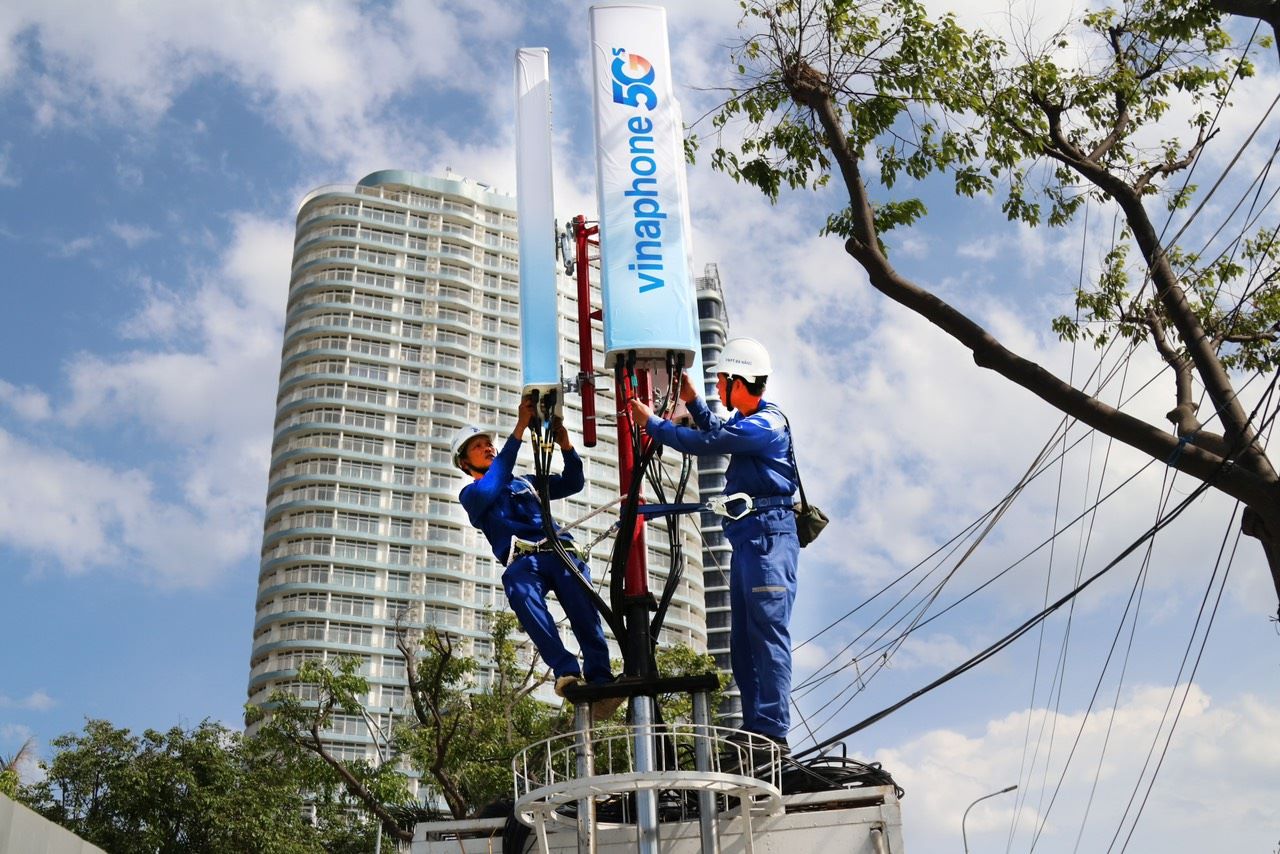
VNPT - VinaPhone technical workers assemble 5G broadcasting antennas to serve festive occasions. Photo: VNPT
Need to solve the problem of supply and demand
So, almost all the conditions for providing 5G network in Vietnam have been met, but so far the progress of commercializing 5G has been slow. The problem now belongs to the network operators.
In business, network operators have the right to deploy services according to their profit calculation. Everyone understands that deploying 5G infrastructure is very expensive while the business situation of network operators is not the same as before. Will accelerating the commercialization of 5G continue to fall into the vicious circle of supply and demand? Network operators need demand to provide services. Customers and value-added service providers need to have 5G networks available to deploy. Both sides are waiting for each other.
For now, we should not talk about popularizing 5G and covering 5G nationwide like 4G is now. Network operators can deploy 5G first in large provinces and cities with high demand and key areas in other provinces and cities. Unlike 3G, 4G has individual customers, 5G has potential customers such as businesses, organizations, and service providers. Even government agencies need 5G because 5G is one of the basic infrastructures serving digital transformation oriented towards building digital government, digital economy, and digital society.
Network operators told the press that they all want to prioritize 5G coverage for industrial parks, where there is a large and stable demand for 5G, especially for smart factories and smart cities. The solution for these subjects is the 5G private network (Private Mobile Network - PMN), which is becoming a global trend for smart factories. Vietnam also has its first smart factory, the production facility in Hai Phong of Pegatron Group - one of the world's leading suppliers for Apple. In July 2023, the Viettel 5G PMN private network developed by Viettel Group was applied to operations at this FDI factory with thousands of connected devices and sensors.
Vietnam is moving strongly with the world into the era of the 4th industrial revolution. In which, artificial intelligence (AI) and cloud platforms are considered the backbone to promote smart manufacturing. These platforms can only maximize performance when there is a high-speed, low-latency connection with a large number of devices operating at the same time, even 24/7. 5G mobile connection technology is currently the only connection platform that meets these requirements. Digital infrastructure now includes not only broadband cables but also 5G networks.
According to the general roadmap, Vietnam must turn off 2G and then 3G. In the near future, mobile networks will only have 2 network technologies: 4G and 5G. Meanwhile, the shadow of 6G mobile technology is also gradually appearing according to the law of development. It is necessary to start commercializing 5G in 2024 if we do not want to be left behind.
5G is a global trend
According to Statista, the proportion of 5G smartphones in the total number of smartphones in the world is estimated to account for 59% in 2023 and is forecast to reach 68% in 2024. By 2026, 5G smartphones will dominate the market, accounting for more than 80%. 5G is a common global trend. According to the direction of the Ministry of Information and Communications, Vietnam aims that after being licensed, network operators will soon cover 5G to high-tech parks, research centers, and industrial parks with application needs; by 2025, 5G coverage will be basically in provinces and cities with 5% of the population covered; and by 2030, 100% of the population will be covered by 5G.
Source: https://nld.com.vn/day-nhanh-thuong-mai-hoa-5g-196240611205408283.htm






![[Photo] Visiting Cu Chi Tunnels - a heroic underground feat](https://vstatic.vietnam.vn/vietnam/resource/IMAGE/2025/4/8/06cb489403514b878768dd7262daba0b)



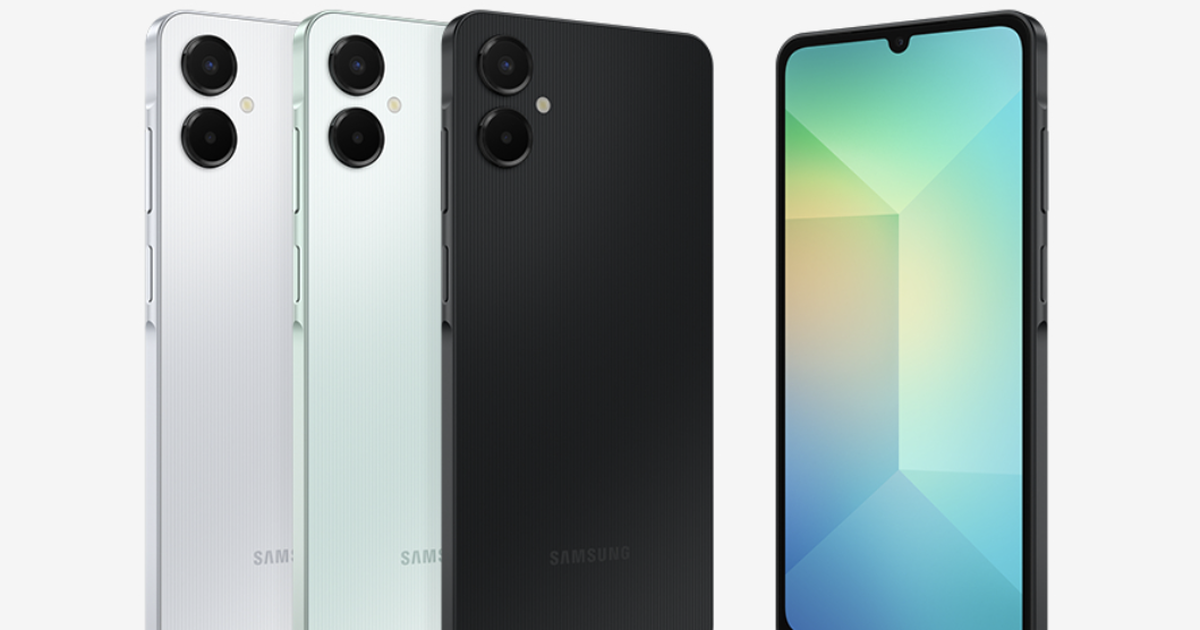
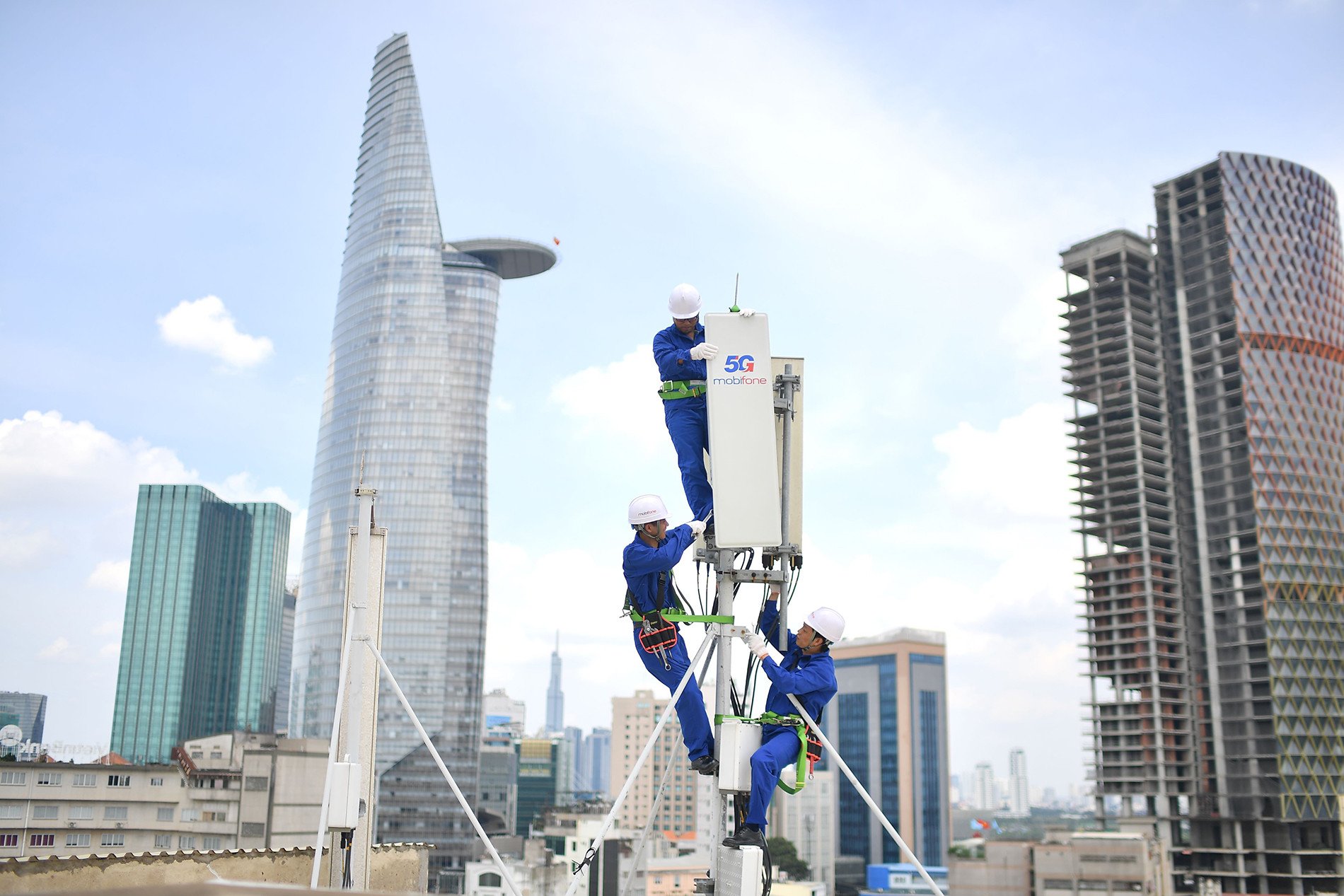



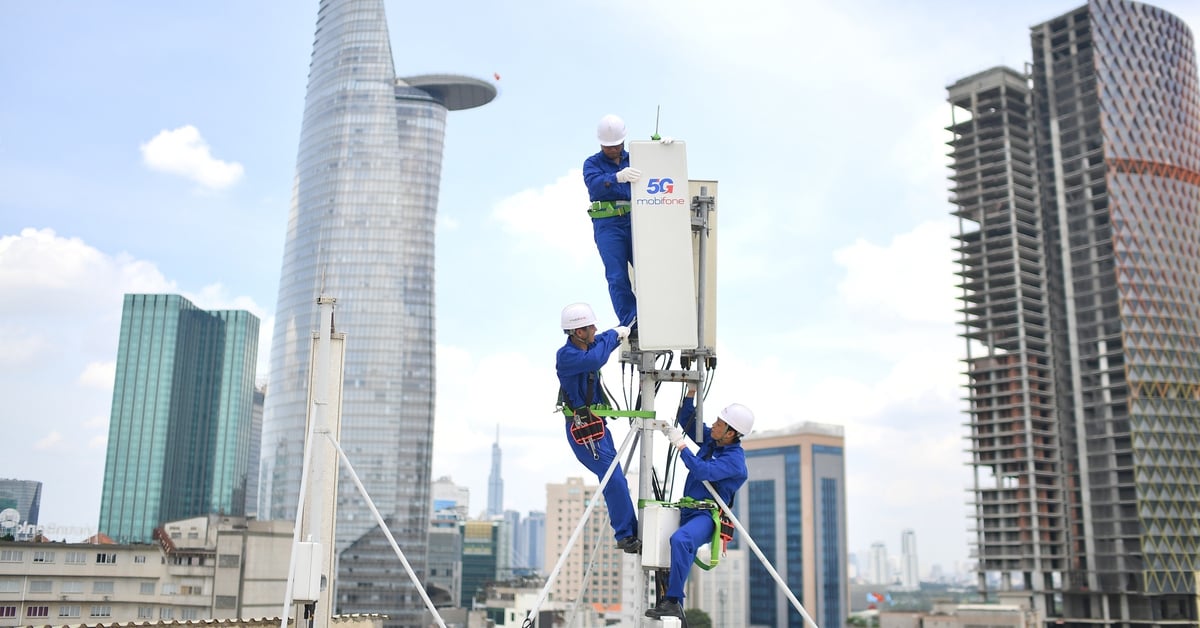



























































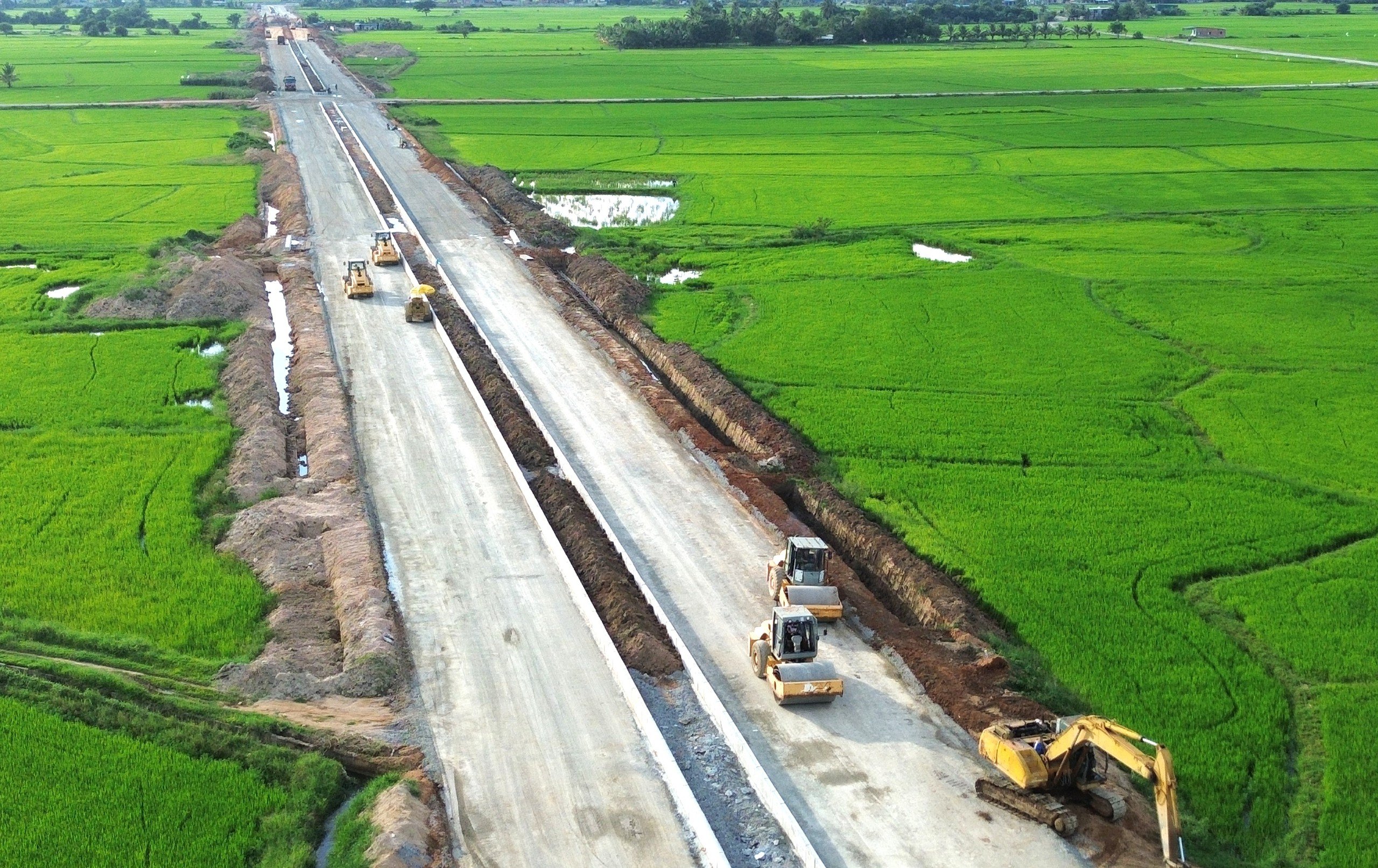














Comment (0)